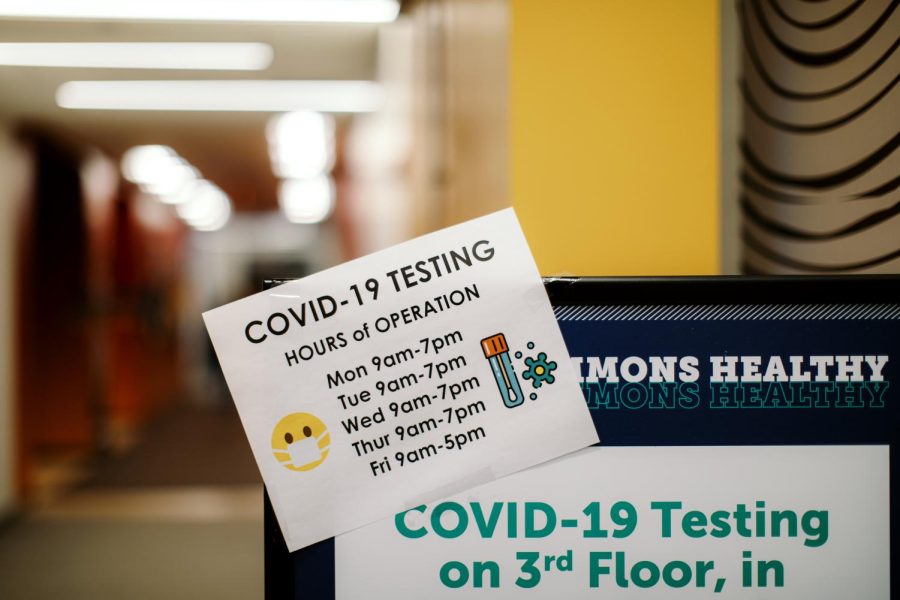By Shen Gao
Staff Writer

A phenomenon that was first discovered in the 1970s by Dr. Julianne Imperato-McGinley, “Guevedoces” is a condition found in the remote village of Salinas in the Dominican Republic. The disease is otherwise unheard of and very rare. Children who are born with this condition are born with what appears to be vaginas, but they later on develop penises around the age of 12.
These children are known as “Guevedoces.” roughly translated as “penis-at-12,” indicating the time at which their genitalia and appearance start to change. Locals also call these children “Machihembras” – “first women, then man.”
Medically, this condition is known as “5-alpha reductase deficiency”. Patients with this condition, genetically, they have one X and one Y chromosome and they possess “male” gonads. However, physically their bodies do not reflect this. This is due to the deficiency of an important hormone that allows the external sexual organs to develop.
This hormone is called dihydrotestosterone. Genetically persons born with 5-alpha reductase deficiency are born with genitalia complete with what appears to be a clitoris and labia, or with genitalia that are not clearly identifiable as “male” or “female.” Some infants with this condition can also appear to have extremely small penises.
During puberty, not only does the penis start to form, but also other secondary sex characteristics arise, of these include increased muscle mass, voice changes, pubic hair development, and growth spurts. However, much of these people do not develop facial hair or body hair. Though some are able to produce sperm, most are infertile.
Without the enzyme 5-alpha reductase, testosterone is not converted to dihydrotestosterone, which results in the genetically “male” babies to be born looking like “females.” Usually, after eight weeks of development in the uterus, fetuses without this condition will develop testes. At this time, testosterone instructs the tubercle to develop into a penis. In female fetuses, dihydrotestosterone is not made and the tubercle develops into a clitoris.
The exact incidence of this condition is unknown, which means that little information is known about the rate at which new cases are diagnosed. In addition to the cases found in the Dominican Republic, other cases have also arisen in Papua New Guinea, Turkey, and Egypt.
Normally, children with this condition are raised as girls up until they reach puberty. During this time, they will usually adapt to a male lifestyle in adolescence and early childhood. Johnny, as pictured, was raised as a girl until the age of puberty hit. He was featured in a BBC documentary called “Countdown to Life: The Extraordinary Making of You” which examines this condition in detail.
While in some countries, intersex people are viewed as flawed males and are rejected by the community, the communities in Dominican Republic openly embrace this phenomenon. People with this condition are fully accepted there and are even met with celebrations during puberty for the child’s
physical transformation.
























